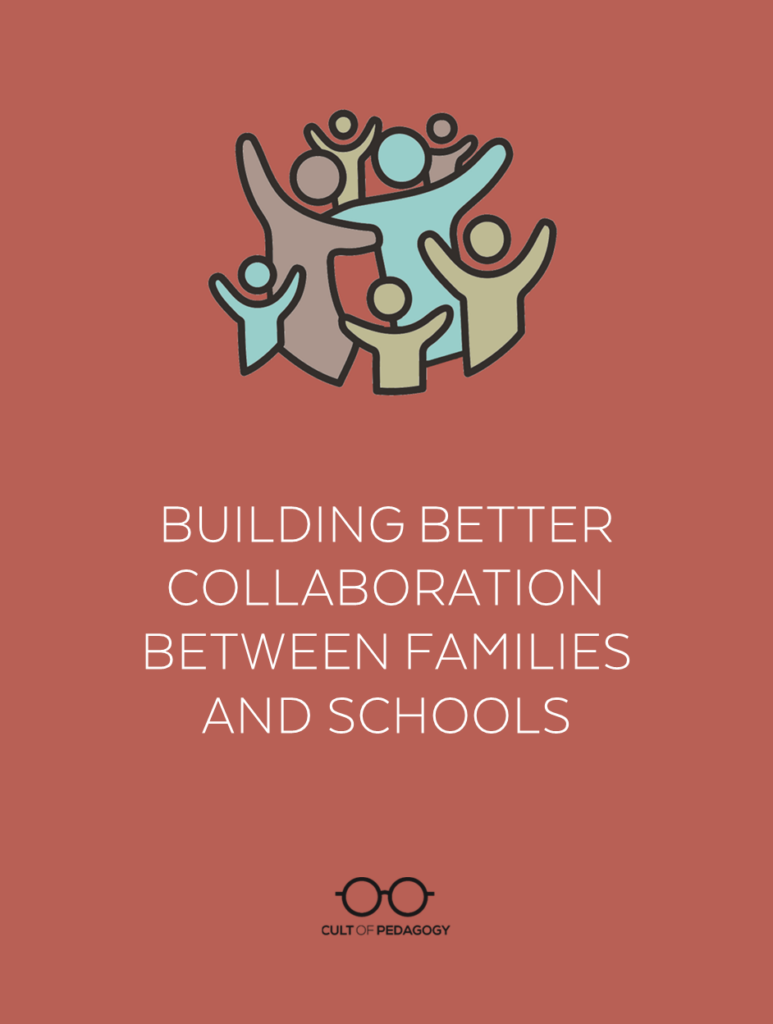
Listen to my interview with Nawal Qarooni (transcript):
Sponsored by Listenwise and Khan Academy Kids
This page contains Amazon Affiliate and Bookshop.org links. When you make a purchase through these links, Cult of Pedagogy gets a small percentage of the sale at no extra cost to you. What’s the difference between Amazon and Bookshop.org?
When I am in spaces where people talk about solutions to some of our biggest problems — poverty, crime, addiction, environmental decline — one theme that comes up often is community. Yes, we need infrastructure, equal access to services that meet our needs, fair laws, and ethical leaders, but while we wait and fight for those things, so much can be accomplished by building community, developing a strong network of mutual support by simply getting to know the people around us, sharing resources, and learning from each other.
This holds true for education as well. Most schools operate within a larger community, and the better we are at building relationships between our schools and our communities, the better we can serve our students.
While this principle is not new, as our student population grows ever more diverse, many schools haven’t been quite as successful as they’d like to be when trying to connect with their students’ families. Despite holding open houses and special theme nights, setting up parent-teacher conferences, sending home newsletters, and using apps designed specifically to keep families in the loop, I hear too many teachers say these efforts still don’t produce the results they hope for. (On the other end of the spectrum, there are teachers in some districts where parents seem to be too involved, but this is a different problem altogether.)
So if current efforts aren’t working, it’s time we tried a different approach. This is where my guest today comes in. Nawal Qarooni is an educator and the author of Nourishing Caregiver Collaborations: Elevating Home Experiences and Classroom Practices for Collective Care (Amazon | Bookshop.org). In a book that is both practical and beautiful, she lays out a pathway for how schools can make more authentic connections with the people in students’ lives outside of school. Even more than connections — how we can truly collaborate with families to educate our students by elevating the natural learning that happens at home and making our work in school more relevant to students’ home lives.
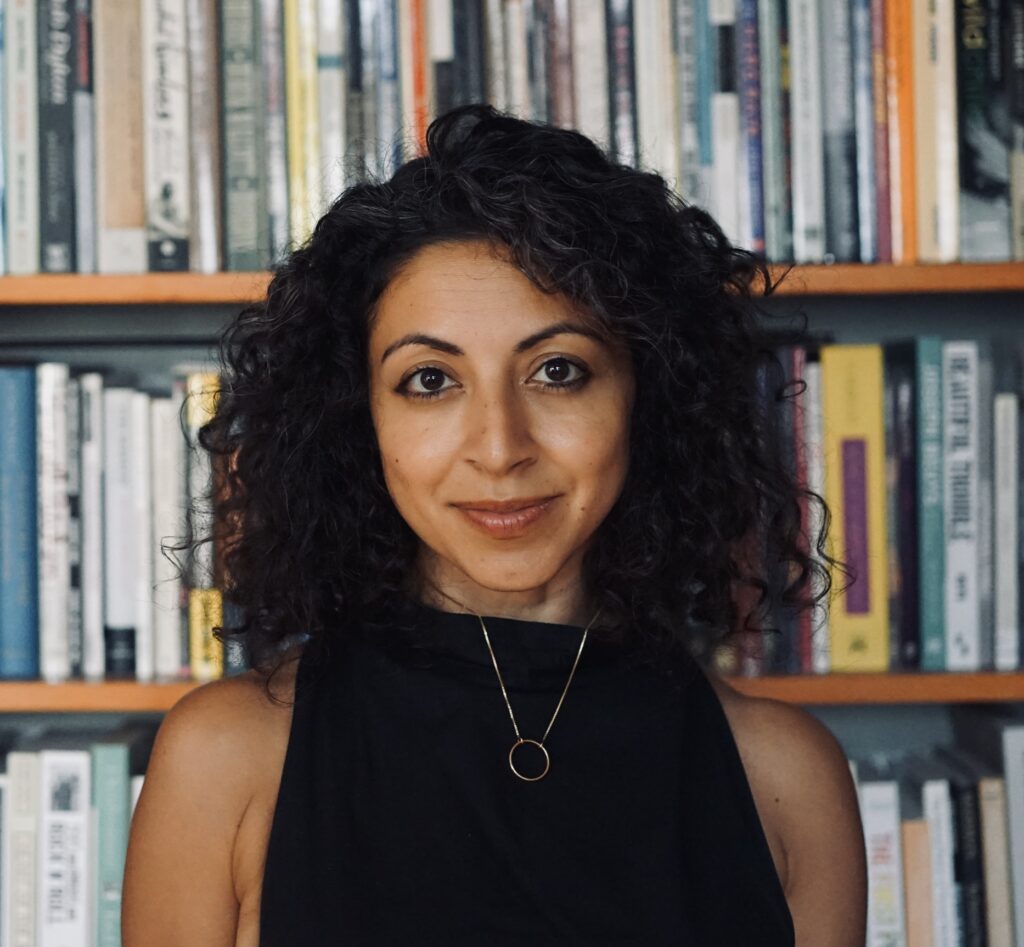
I have a long list of education books waiting to be considered for inclusion on this podcast, but every now and then, one book jumps right to the front of the line. This is one of those books, because at a time like now, when so many things feel broken, it gives us some ways to heal. On the podcast, Nawal and I talked about specific things teachers can do to more authentically involve families in their children’s education. You can listen in the player above, read the transcript, or take a look at the summary below.
What has been missing in our approach up to now?
“What I’ve noticed in all of my work across the schools in the country is that family engagement is very top down,” Qarooni says. “It’s a top-down approach saying, ‘Families, this is how you can support your children.’ They might be surface-level ideas. They might feel isolated or one-off. Here are the sight words we need to know. Read with your child for 20 minutes. Please pick up report cards. Please attend this literacy night.“
While well-intentioned, these approaches fail to consider the things families are already doing, the daily reading, writing, listening, and speaking that happen at home and could be integrated with what’s happening at school.
“My work in this book really seeks to elevate what families are already doing and naming that for families so that they can continue to do it with some intentionality, bring it back into the classroom to strengthen our literacy experience, and then cycle it back to families to say, ‘Do you see? This is what we’re doing in the classroom.’ So it’s much more of a cyclical, collective care approach … every child is supported by a whole community of caregivers and educators that are doing the same type of work.”
What Can We Do Differently?
In the book, Qarooni offers a generous handful of approaches that can be taken by individual teachers and whole schools to build a more collaborative relationship with caregivers, some of which are listed below.
She cautions teachers not to think of this as a checklist.
“We don’t want to reduce this work to ‘must do’s.’ There are no two schools that are identical, not the student makeup, not the student population, nor the teaching body. No two families are the same, and so as a result, our understanding of what families look like and sound like and should act like changes the way that we communicate. If we approach this work in a checklist form, it like eliminates all those nuances. (Instead) let this be a springboard for our own thinking.”
Unpack Your Biases
“Our own upbringings and education experiences will shape how we communicate with the families in our care,” Qarooni explains. “We just have to sit with the fact that families might look different, and families might sound different, and this might affect the way we interact with that family as a result. We might reach for mothers before fathers. We might assume two-parent households. We might have a bias around having a different sort of household, even inadvertently. And so the power is really in reflecting on that and just sitting with it before we continue with the traditional ways of communicating with families.”
One way this work shows up is in the language we choose when referring to family members. Traditional communication has typically referred to those we reach out to as parents, as in parent-teacher conferences, or in more specific roles, as in Mother’s Day events. These can all alienate children whose families look different from the standard two-parent household. Shifting to more inclusive language can make a big difference.
“I tend to say things like your grown-up or your caregivers … caregiver conferences or collaborative conferences,” Qarooni says. Along with a change in language, we can also revise some of our activities to make them more inclusive. She suggests re-envisioning the standard family tree assignment as a community map or constellation of care. “I think about chosen family … tons of students have collective care maps that are beyond blood relatives. Those people would not show up on a family tree.”
Explain Best Practices to Caregivers
Our understanding of best practices may not match caregivers’ expectations around what should be happening in school; bridging this gap can help us build a more mutually supportive relationship. Two examples:
- Following directions vs. nuanced decision-making. Many families may believe a student’s ability to follow directions is high on the list of priorities, but Qarooni says “what is important is knowing how to make our own decisions based on context and consequences and determining what’s best.”
- Perfection vs. process. Caregivers often tend to want to see that their children are producing polished finished products; teachers can help them see the value in iteration, innovation, and embracing mistakes.
Helping families understand your school’s approach takes more than top-down communication or one-off events. “The way to shift connection and communication with families is by further connection and invitation,” Qarooni says.
One approach she takes is through family lab sites, where she invites families to school to participate in a mini-lesson. “They co-create something or co-think through something,” she explains, “and then debrief at the end where you share with families one of these holistic literacy tenets that you’re trying to communicate.” These experiences build the relationship between teacher and caregiver and give families a clearer sense of what’s actually happening at school. “It breaks down this Us vs. Them barrier.”
Suggest Ways Caregivers Can Talk about Work Brought Home
In the spirit of showing families how to place more value on process over product, we can suggest questions they can ask about the work their children bring home. Questions like the ones below show an interest in the whole learning process, rather than critiquing the finished product:
- How did you come up with that idea?
- What changes did you make from the beginning to the end?
- What are you particularly proud of and why?
- What part do you still think could improve?
- If you got to do it again, what would you do differently?
Elevate the Collective
In Western cultures, we have traditionally emphasized individual achievement, but Qarooni urges us to put more effort into celebrating what we can each contribute to the whole. “Our tendency is to compare, either siblings or to other children,” she says, “But the truth is, we don’t actually need the same results. Each (person) contributes beautifully to the community as a result of their differences.”
We can achieve this in a variety of ways:
- Ask families for insights about their child’s unique needs and strengths.
- Give students more choice in how they approach assignments, rather than emphasizing just one way of doing something.
- Design more classroom activities that ask for individual contributions to a whole, rather than tasks that tend to compare students along the same metrics.
- Encourage and celebrate the collaborative activities that already happen at home.
Elevate Observational Literacy
“The idea of observational literacy is that we can read the world around us using the same analytic skills that we would read to use alphabetic text,” Qarooni explains. And families need help seeing the value of this kind of literacy.
“Families will say, I thought literacy is just reading and writing.” Qarooni observes. “They don’t also see that it’s listening and it’s speaking and it’s empathy and it’s eye contact and it’s reading facial expressions. And that those things support character analysis when a kid is reading. The things that we teach in a typical and traditional literacy classroom — families are doing that critical literacy work all the time: going to the grocery store, or setting the table, or grieving and creating a family ritual, or changing a tire, or family traditions around holidays — literacy is living there.”
Recognizing this is the first step. Then we just need to do a better job of communicating it to families. Helping them understand the value of the natural literacy practices that are already happening at home will build their confidence as partners in their children’s education.
Elevate Oral Conversation
In the same way that we elevate observational literacy, we can also elevate the natural conversations that happen at home.
“Families talk to their kids all the time,” Qarooni says. But when we think about family engagement, we don’t label those conversations as a literacy practice.
This should change. Qarooni wants teachers to have “unapologetic reverence for all the natural ways that families talk, talk, talk, and share language, and how that supports our collective literacy growth. It’s about elevating already existing conversation, language, passions, curiosities, and engagement. It’s giving families the confidence to know that they already are being amazing.”
Free students to make self-driven decisions
“I talk a lot about the differences between schooled literacy and authentic literacy,” Qarooni says, “and how often authentic literacy feels stickier — it doesn’t leave us, and it’s more exciting for kids. When we get to choose what we’re passionate about learning, or make decisions about how we learn it, we do better. I think a lot about that in the book, and I share myriad ways that we can craft more choice in a child’s day, both at home with suggestions for families, but also in the classroom.”
Both teachers and families may resist giving children too much choice because it feels like a loss of control for the adults, but Qarooni sees it as “freedom to self-drive their own curiosities in ways that then makes the learning stickier.” While offering more choice to students in our classrooms, we can communicate our rationale to families and encourage them to do the same at home.
If there is one overall message in this book, it’s that when it comes to educating our students, we’re all in this together, and families are already making incredibly important contributions to that end. It’s our job to recognize and validate that, and to help them better understand what we’re doing at school. “Caregiving and educating are synonymous,” Qarooni says. “When you give care, you are doing the work of literacy education.”
Join our mailing list and get weekly tips, tools, and inspiration that will make your teaching more effective and fun. You’ll get access to our members-only library of free downloads, including 20 Ways to Cut Your Grading Time in Half, the e-booklet that has helped thousands of teachers save time on grading. Over 50,000 teachers have already joined—come on in.

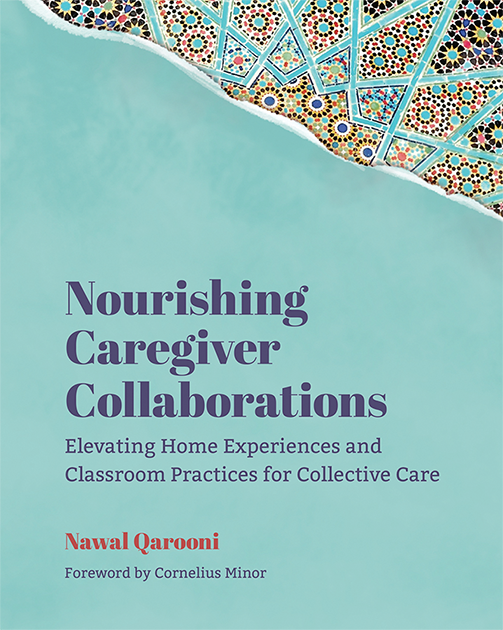
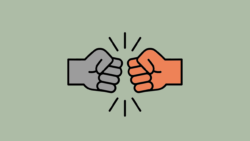
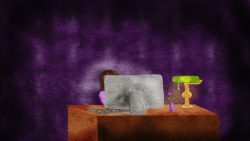

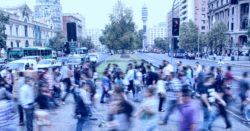
Thank you for these suggestions. Collaboration between teachers and families are so important!